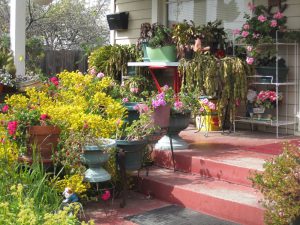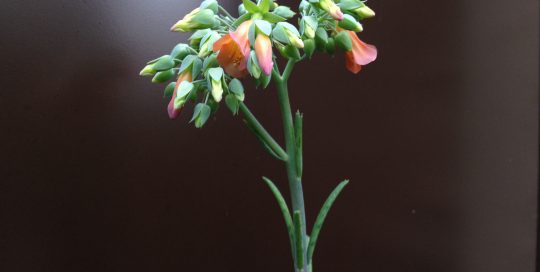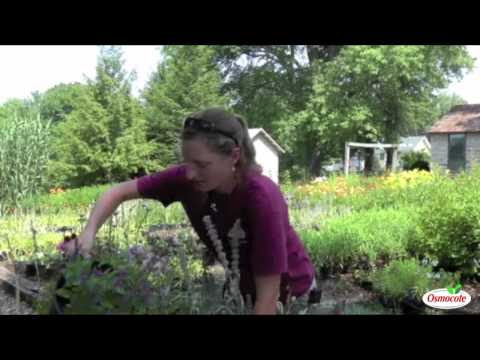Moving Indoor Plants Outside
Views: 5574

It’s that time of year in the Midwest, when everyone gets a little antsy for warm weather.
There will be a few warm days, and everyone celebrates the arrival of spring by wearing shorts and sandals as soon as temperatures hit sixty degrees (this may be more specific to college towns like Bloomington, Indiana). Then temperatures drop below freezing again and everyone moans, puts their winter coats back on, and wonders when spring will officially arrive.
Then there are the people who welcome spring by rushing their houseplants outside for some fresh air and sunlight on the first warm afternoon.
Trust me, I get it. Winter can feel long and dreary for us and our plants, but there are a few things to take into consideration before moving your indoor plants outside.
Is it Warm Enough to Move Indoor Plants Outside?
The first consideration is, of course, the temperature outside.
Most houseplants are native to tropical regions and may suffer damage if temperatures drop below 40 degrees Fahrenheit. If temperatures reach freezing, or 32 degrees Fahrenheit, the cells inside the plant’s leaves will start to freeze and will eventually rupture and lead to plant death. Even if temperatures aren’t that low, it still shocks a plant’s system to be moved from a warm seventy degree home to a chilly fifty degree porch, so it’s better to wait until outdoor temperatures stay within ten degrees of indoor temperatures before moving any plants outdoors.
Is it Sunny Enough?
Another consideration to make is the amount of sunlight the plant currently gets versus what it will receive when moved outdoors.
Even the sunniest south-facing window can’t prepare a houseplant for full sun outdoor exposure, so take care not to move plants directly to a location that receives all-day full sun. Try and pick a spot that receives a similar amount of light as the plant was receiving indoors, then gradually expose it to more light if desired. A plant will tell you if the light is too intense with burnt leaves or leaves that develop a pale, washed out color.
Keeping an Eye on Moisture
Finally, be sure to check the moisture level of the soil more frequently. Indoors, plants need water an average once per week. Outdoors, especially in sunny, dry, or windy areas, plants may need water every day.
Just be sure to follow the number one rule of watering: always feel the soil before you water, and don’t water if the soil feels damp.
Meet Abbi Hayes
Abbi's Recent Posts

Kalanchoe delagoensis: Mother of Millions







